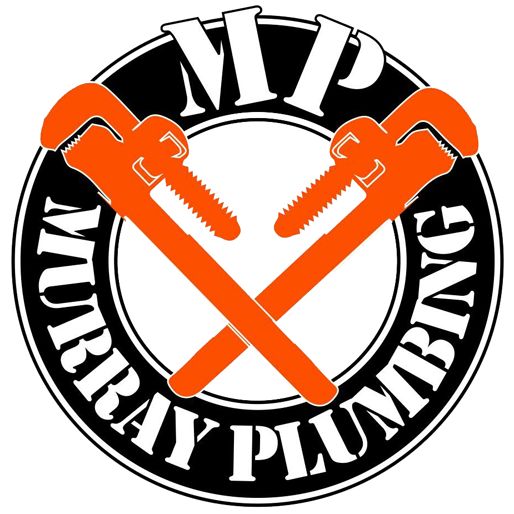How Your Business Can Thrive Amidst Hyperinflation
4 min read
How Your Business Can Thrive Amidst Hyperinflation
In today’s economic landscape, small businesses face the formidable challenge of high inflation. Rising costs for goods, services, and labor can eat into profits, making it tough to stay afloat. However, with strategic planning and resourcefulness, small businesses can not only survive but also thrive. Here are ten actionable ways your small business can beat high inflation, along with tips, grants, loan resources, and helpful programs to give you a leg up.
Optimize Your Pricing Strategy
Revisit Your Pricing: It’s crucial to periodically review and adjust your pricing strategy to reflect the increased costs due to inflation. While this may seem daunting, especially if you fear losing customers, it’s essential to maintain profitability. Consider implementing small, incremental price increases rather than a single, large hike. This way, customers are less likely to feel the pinch.
Value-Based Pricing: Another effective approach is to switch to value-based pricing. Focus on the unique value your products or services provide and price accordingly. This strategy allows you to highlight what sets your business apart from competitors.
Enhance Operational Efficiency
Streamline Processes: Conduct an audit of your current operations to identify inefficiencies. Look for ways to streamline processes, reduce waste, and improve productivity. Automation tools and software can help you achieve more with less effort.
Outsource Non-Core Functions: Consider outsourcing non-core functions such as accounting, IT, or marketing. This can reduce overhead costs and allow you to focus on your core business activities.
Diversify Your Product or Service Offerings
Expand Your Range: Diversifying your product or service offerings can help spread the risk and create new revenue streams. Look for complementary products or services that align with your business and cater to existing customers’ needs.
Seasonal Offerings: Introducing seasonal products or services can attract customers during peak periods and provide a boost to your bottom line. Plan ahead to ensure you have the necessary inventory and marketing strategies in place.
Strengthen Relationships with Suppliers
Negotiate Better Terms: Building strong relationships with your suppliers can give you leverage to negotiate better terms, such as longer payment periods or bulk discounts. Regular communication and loyalty can go a long way in securing favorable deals.
Local Suppliers: Consider sourcing from local suppliers to reduce transportation costs and support the local economy. This can also lead to quicker turnaround times and fresher products.
Focus on Customer Retention
Loyalty Programs: Implementing a loyalty program can encourage repeat business and increase customer lifetime value. Offer rewards, discounts, or exclusive deals to your loyal customers to keep them coming back.
Exceptional Customer Service: Providing exceptional customer service can set you apart from competitors and build lasting relationships with your customers. Happy customers are more likely to recommend your business to others, driving word-of-mouth marketing.
Invest in Digital Marketing
Social Media Marketing: Leverage the power of social media to reach a wider audience and engage with your customers. Platforms like Facebook, Instagram, and LinkedIn offer affordable advertising options that can drive traffic to your business.
Content Marketing: Creating valuable content, such as blog posts, videos, and newsletters, can establish your business as an authority in your industry. This can attract new customers and retain existing ones.
Utilize Grants and Loan Programs
Small Business Grants: There are numerous grants available for small businesses, especially those impacted by economic challenges. Websites like Grants.gov and the Small Business Administration (SBA) offer information on federal grants. Additionally, state and local governments often provide grants for specific industries or demographics.
Low-Interest Loans: The SBA also offers low-interest loan programs, such as the 7(a) Loan Program and the 504 Loan Program. These loans can provide the capital needed to invest in growth opportunities or cover operational expenses during tough times.
Embrace Technology
E-commerce Platforms: If you haven’t already, consider setting up an e-commerce platform. Online sales can provide an additional revenue stream and reach customers beyond your local area. Platforms like Shopify, WooCommerce, and BigCommerce offer user-friendly solutions to get started.
Customer Relationship Management (CRM) Systems: Implementing a CRM system can help you manage customer interactions, track sales, and analyze data to improve your marketing and sales strategies. Popular CRM systems include Salesforce, HubSpot, and Zoho.
Monitor Cash Flow Closely
Cash Flow Management: Keeping a close eye on your cash flow is vital during periods of high inflation. Use cash flow management tools to forecast and track your finances. This will help you anticipate shortages and make informed financial decisions.
Flexible Payment Options: Offer flexible payment options to your customers, such as installment plans or subscription services. This can make your products or services more accessible and improve cash flow.
Stay Informed and Adapt
Economic Trends: Stay informed about economic trends and market conditions. Regularly review industry reports, attend webinars, and network with other business owners to gain insights and stay ahead of the curve.
Adaptability: Be prepared to adapt your business model and strategies as needed. The ability to pivot quickly in response to changing market conditions can be a significant advantage.
Navigating high inflation is undoubtedly challenging, but with the right strategies and resources, your small business can emerge stronger. By optimizing your pricing, enhancing operational efficiency, diversifying offerings, and leveraging technology, you can mitigate the impact of inflation. Additionally, tapping into grants, loans, and staying informed about economic trends will provide the support needed to thrive.
Remember, adaptability and resilience are key. Stay proactive, keep an eye on your cash flow, and continuously seek opportunities to improve and grow. Your small business has the potential to not only survive but also excel in this inflationary environment.







